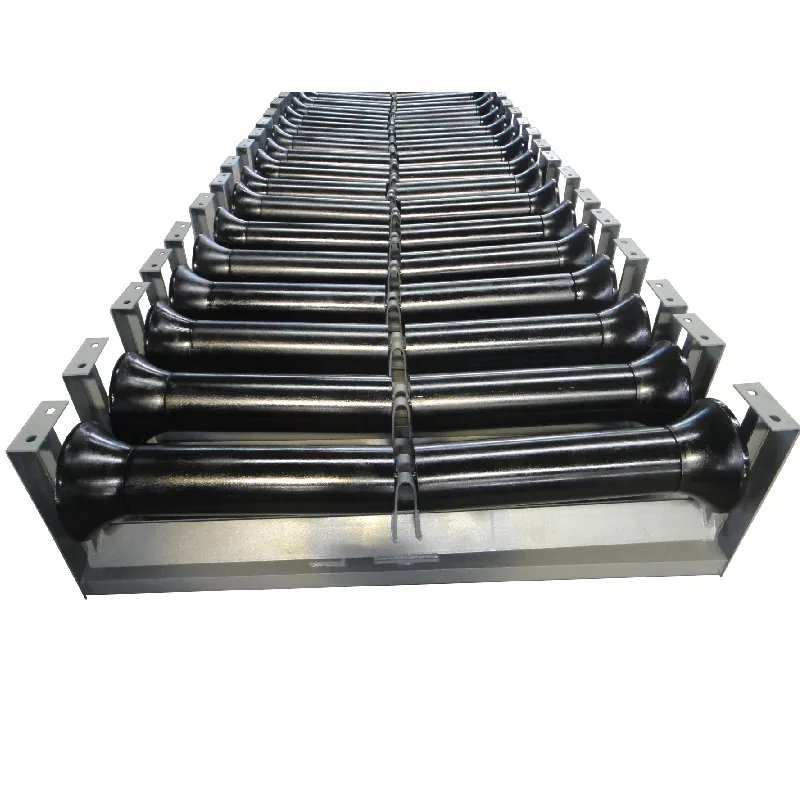 Afrikaans
Afrikaans  Albanian
Albanian  Amharic
Amharic  Arabic
Arabic  Armenian
Armenian  Azerbaijani
Azerbaijani  Basque
Basque  Belarusian
Belarusian  Bengali
Bengali  Bosnian
Bosnian  Bulgarian
Bulgarian  Catalan
Catalan  Cebuano
Cebuano  Corsican
Corsican  Croatian
Croatian  Czech
Czech  Danish
Danish  Dutch
Dutch  English
English  Esperanto
Esperanto  Estonian
Estonian  Finnish
Finnish  French
French  Frisian
Frisian  Galician
Galician  Georgian
Georgian  German
German  Greek
Greek  Gujarati
Gujarati  Haitian Creole
Haitian Creole  hausa
hausa  hawaiian
hawaiian  Hebrew
Hebrew  Hindi
Hindi  Miao
Miao  Hungarian
Hungarian  Icelandic
Icelandic  igbo
igbo  Indonesian
Indonesian  irish
irish  Italian
Italian  Japanese
Japanese  Javanese
Javanese  Kannada
Kannada  kazakh
kazakh  Khmer
Khmer  Rwandese
Rwandese  Korean
Korean  Kurdish
Kurdish  Kyrgyz
Kyrgyz  Lao
Lao  Latin
Latin  Latvian
Latvian  Lithuanian
Lithuanian  Luxembourgish
Luxembourgish  Macedonian
Macedonian  Malgashi
Malgashi  Malay
Malay  Malayalam
Malayalam  Maltese
Maltese  Maori
Maori  Marathi
Marathi  Mongolian
Mongolian  Myanmar
Myanmar  Nepali
Nepali  Norwegian
Norwegian  Norwegian
Norwegian  Occitan
Occitan  Pashto
Pashto  Persian
Persian  Polish
Polish  Portuguese
Portuguese  Punjabi
Punjabi  Romanian
Romanian  Russian
Russian  Samoan
Samoan  Scottish Gaelic
Scottish Gaelic  Serbian
Serbian  Sesotho
Sesotho  Shona
Shona  Sindhi
Sindhi  Sinhala
Sinhala  Slovak
Slovak  Slovenian
Slovenian  Somali
Somali  Spanish
Spanish  Sundanese
Sundanese  Swahili
Swahili  Swedish
Swedish  Tagalog
Tagalog  Tajik
Tajik  Tamil
Tamil  Tatar
Tatar  Telugu
Telugu  Thai
Thai  Turkish
Turkish  Turkmen
Turkmen  Ukrainian
Ukrainian  Urdu
Urdu  Uighur
Uighur  Uzbek
Uzbek  Vietnamese
Vietnamese  Welsh
Welsh  Bantu
Bantu  Yiddish
Yiddish  Yoruba
Yoruba  Zulu
Zulu Self-aligning Rollers for Enhanced Efficiency in Belt Conveyor Systems
Self-Aligning Rollers for Belt Conveyors
Belt conveyors are integral to the material handling industry, enabling the efficient transportation of bulk materials across various sectors. One of the critical components in ensuring the effective operation of these systems is the alignment of the conveyor belt itself. Misalignment can lead to excessive wear and tear, material spillage, and operational inefficiencies. To address these challenges, self-aligning rollers have emerged as a vital solution, enhancing the performance and longevity of belt conveyors.
The Importance of Alignment in Belt Conveyors
Conveyor belts are designed to operate in a straight line, allowing materials to be moved from one point to another with minimal friction. However, belt misalignment can occur due to various factors such as uneven loading, shifts in the material being transported, or mechanical failures. When the belt is misaligned, it can result in several issues, including increased energy consumption, reduced system efficiency, and damage to both the belt and the conveyor components. In severe cases, misalignment may lead to complete system failures, causing costly downtime.
Self-Aligning Rollers Definition and Functionality
Self-aligning rollers are specially designed components that can help maintain the proper alignment of a conveyor belt. These rollers automatically adjust themselves according to the position of the belt, effectively counteracting any misalignment that may occur during operation. Typically made from durable materials like steel or high-quality plastic, self-aligning rollers are constructed to withstand harsh working conditions, including exposure to moisture, dust, and abrasive materials.
The operational principle of these rollers is based on their ability to pivot and rotate. When the belt begins to stray from its intended path, the self-aligning roller aligns itself in the direction of the belt. This automatic adjustment minimizes the friction and stress on the belt, helping to keep it centered and reducing the risk of further misalignment.
self aligning roller for belt conveyor

Benefits of Using Self-Aligning Rollers
1. Improved Operational Efficiency By ensuring that the conveyor belt runs straight and true, self-aligning rollers enhance the overall efficiency of the material handling process. This can lead to reduced operational costs, as the energy required to drive the conveyor is significantly lowered.
2. Extended Equipment Life Proper alignment minimizes wear and tear on both the conveyor belt and the associated components, such as pulleys and bearings. This results in an extended lifespan for the entire conveyor system, reducing the need for frequent replacements and repairs.
3. Reduced Maintenance Costs Self-aligning rollers help prevent misalignment-related issues, which often require costly maintenance interventions. With a more reliable system, operators can focus on regular maintenance rather than reactive repairs.
4. Enhanced Safety Misaligned belts can pose safety hazards in industrial environments. By maintaining proper alignment, self-aligning rollers contribute to a safer workplace by reducing the risk of material spills and equipment malfunction.
Conclusion
In summary, self-aligning rollers play a crucial role in the effective operation of belt conveyors. By maintaining alignment, these rollers not only enhance the operational efficiency and lifespan of the conveyor system but also contribute to significant cost savings in maintenance and repairs. As industries continue to evolve and demand higher efficiencies, the adoption of self-aligning rollers will likely increase, solidifying their position as an essential component in modern material handling solutions. Investing in self-aligning rollers is a proactive approach to ensuring that conveyor systems operate smoothly and efficiently, ultimately supporting the broader goals of productivity and safety in the workplace.





























